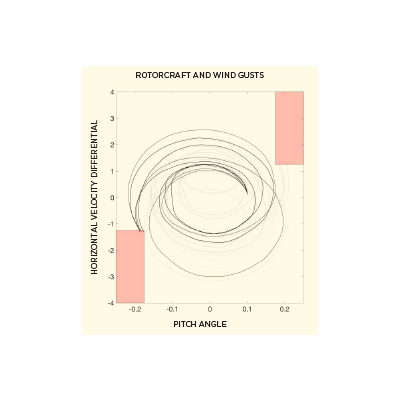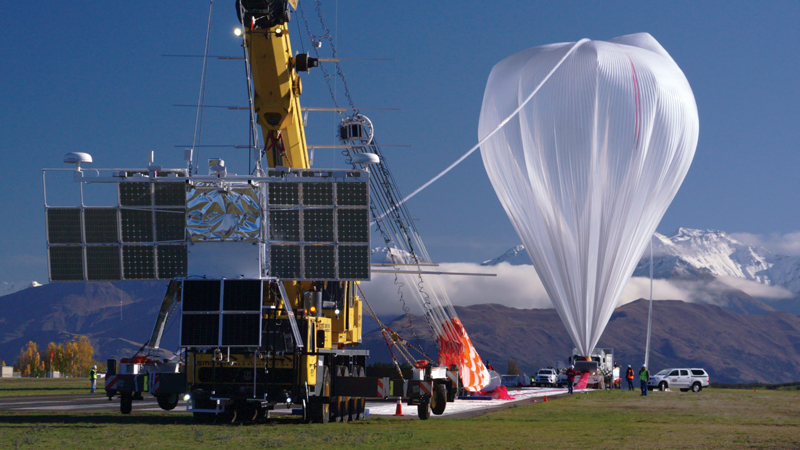Computing advances allow planetary missions to leap forward
By Rick Kwan|December 2022
The Computer Systems Technical Committee works on advancing the application of computing to aerospace programs.
NASA’s Ingenuity Mars Helicopter had completed 33 flights as of September, far surpassing the original goal of five. The longest the helicopter flew was 704 meters at a speed of 5.5 meters per second (19.3 kph) on April 8, or Mars Sol 403. The 30th flight on Aug. 20 was a very short hop that shook off dust and showed that the helicopter was still well in spite of enduring 101 sols of overnight freezing, dropping to as low as minus 86 degrees Celsius. Less than three weeks later, it resumed its exploration sorties of Jezero Crater.
The success of Ingenuity and the ongoing performance of the Perseverance rover inspired NASA and the European Space Agency to adopt a different method for getting samples from Perseverance to the Mars Sample Retrieval Lander, scheduled to launch in 2028. Instead of using a Sample Fetch Rover, Perseverance will carry the samples to the lander, where they will be enclosed in the Mars Ascent Vehicle, a small rocket. But the lander will also carry two sample recovery helicopters that could retrieve samples.
NASA is getting a new High-Performance Spaceflight Computing processor that is expected to be at least 100 times faster than current spacecraft computers. In August, NASA’s Jet Propulsion Lab in California awarded Microchip Technology Inc. of Arizona a three-year contract to develop and deliver the processor. In September, California-based SiFive announced that NASA would use the open standard RISC-V Instruction Set Architecture for future planetary missions. The HPSC processor will use SiFive’s Intelligence X280 core that supports the RISC-V vector extension. The HPSC processor differs from current space-qualified processors in that it can turn on and off functions of the processor as needed to save energy and improve efficiency based on mission demands. While it is initially targeted for NASA lunar and planetary missions, other organizations may find the processor useful for similar critical-edge computing needs, including industrial automation, artificial intelligence and Internet of Things gateways.
Processors are chips fabricated in multibillion-dollar semiconductors fabrication plant, or more simply, fabs. Building a fab is a multiyear process. Intel and the Taiwan Semiconductor Manufacturing Co. started new fab construction in Arizona in 2021. In January, Intel announced it would create a fab megasite outside of Columbus, Ohio. Two fabs could come online in 2025, but the Ohio site could expand to eight fabs over the decade. Meanwhile, to address over-reliance on non-U.S. fabs as well as other technology issues, U.S. President Joe Biden signed the Creating Helpful Incentives to Produce Semiconductors and Science Act into law in August, which incentivized Idaho-based Micron Technology, California-based Qualcomm and New York-based GlobalFoundries to expand fab operations in the U.S.
Exascale computing, the execution of 1 quintillion operations per second, finally arrived this year. In the strictest sense, this is 10 to the 18th power double precision (64-bit) floating point operations per second, 1 exaFLOPS, while executing the High-Performance LINPACK benchmark. In May, the TOP500 list announced that Frontier, located at the Oak Ridge National Laboratory in Tennessee, had achieved 1.102 exaFLOPS. Frontier uses a combination of AMD EPYC central processing units and AMD Instinct MI250X graphics processing units.
For some scientific problems, such as quantum chemistry simulation, precision can be reduced to 16 or 32 bits instead of 64, thus greatly speeding up computation. In April, scientists at Paderborn University in Germany simulated the SARS-CoV-2 spike protein on the Perlmutter computer at the National Energy Research Scientific Computing Center at the Lawrence Berkeley National Laboratory in California. The simulation reached 1.1 exaFLOPS using mixed precision. Perlmutter uses a combination of AMD EPYC CPUs and NVIDIA A100 GPUs.



































